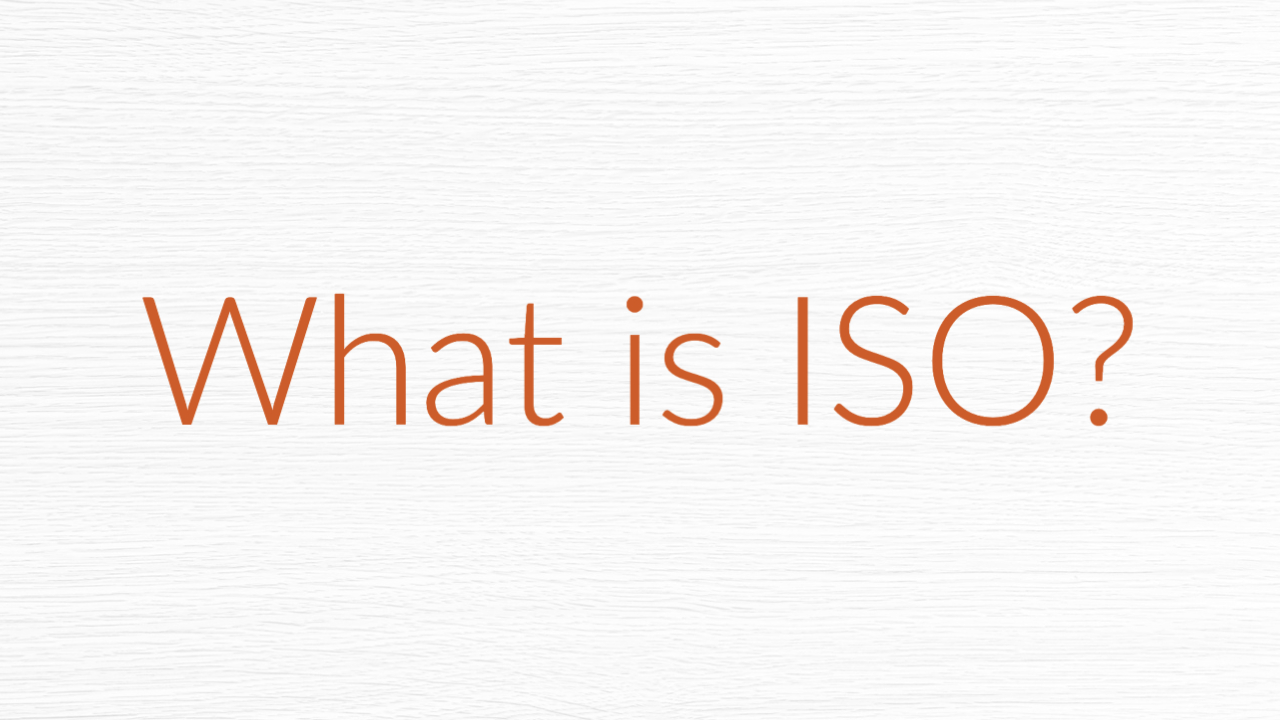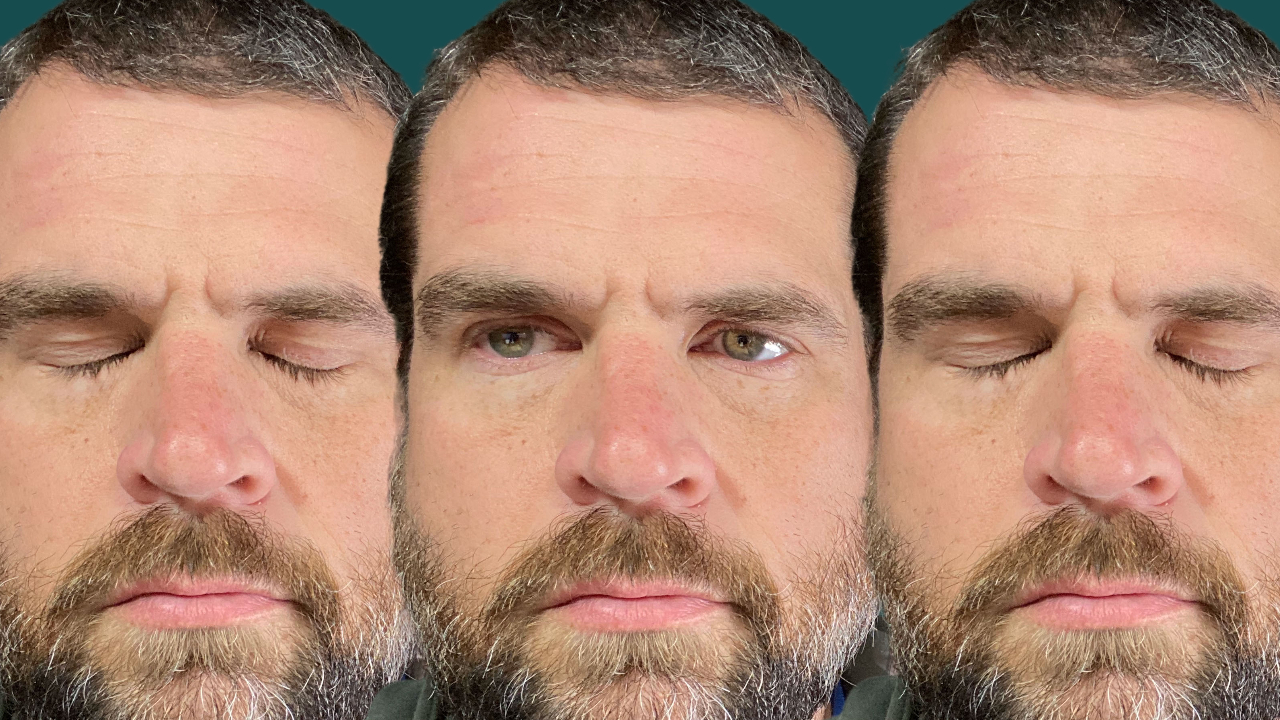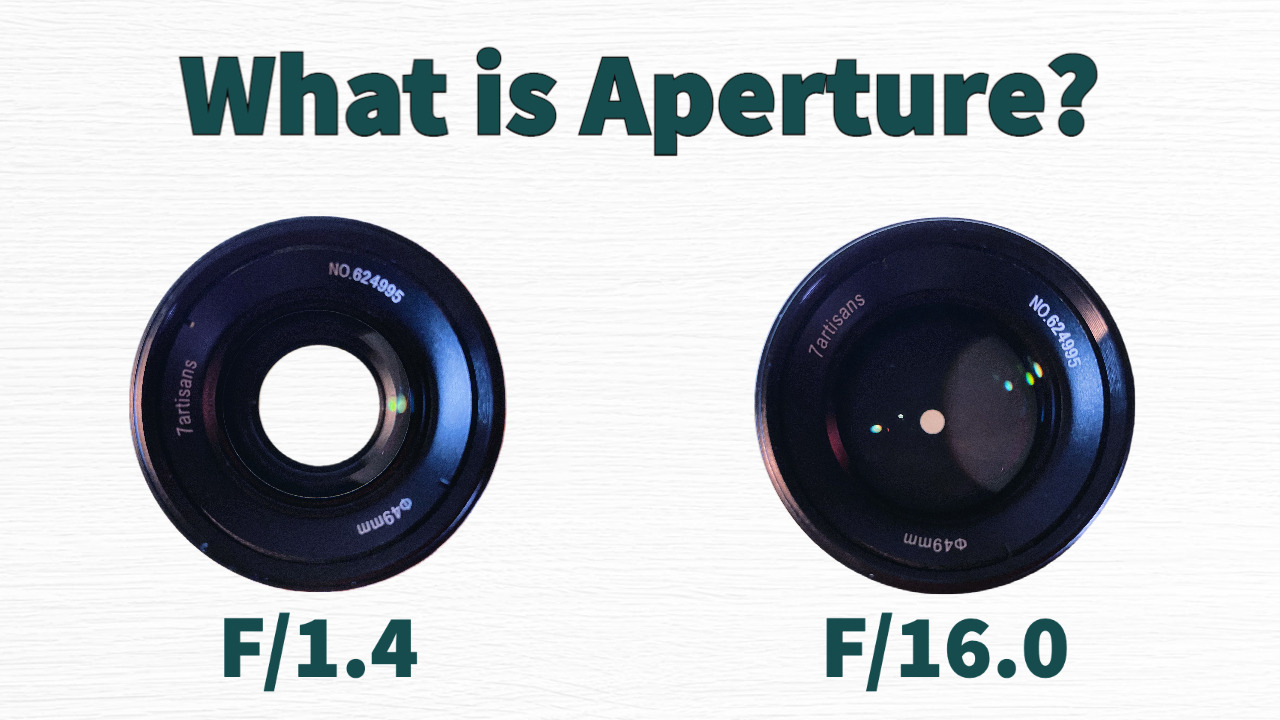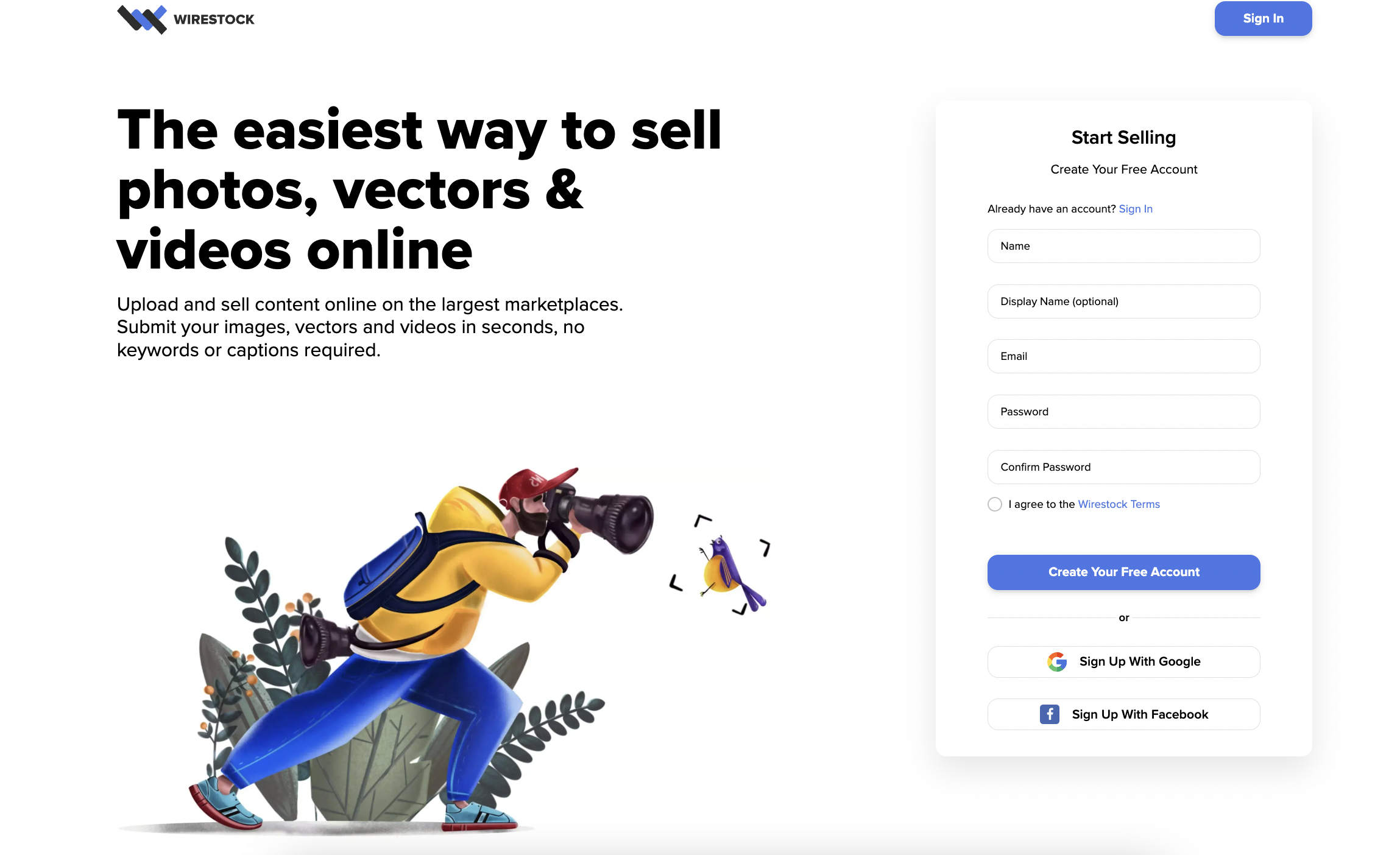-
What is the Exposure Triangle Part 3: ISO

We started this series with aperture which is measured by f-stop numbers. This is how wide or narrow your lens opens. A low f-stop number represents a wide opening on the lens. This lets a lot of light in. A high f-stop number is a narrow opening that lets less light in. Next, we covered…
-
What is the Exposure Triangle Part 2: Shutter Speed

There was a reason to start with aperture. It is important to understand what an f-stop is and how to make the lens open wider or stop it down. The visual representation of this is an important concept to grasp. Please experiment. Try Aperture and Shutter Priority modes to see what happens with various settings.…
-
What is the Exposure Triangle Part 1: Aperture

Understanding the exposure triangle is an important step in improving your photography. It is contextual. I’d like to tell you the exact settings to use in each situation, but the fact is I am constantly adjusting. These adjustments change based on the subject you are capturing. Additionally, photo and video are handled completely differently. I’ll…
-
Build a Portfolio Documenting Local Events

Do you aspire to become an event photographer or even a freelance reporter? This is possible by attending public events and documenting them with video and/or photography. Sites like Shutterstock, Pond5, and Dreamstime allow submission for Editorial content. Wirestock has this option as well if you prefer using them. Unlike commercial photos, Editorial images and…
-
Wirestock Review – Stock Photography Keywording for Shutterstock, Adobe, Dreamstime, and More

Wirestock makes money by charging a 15% commission on the total earnings of each sale. That might sound like a lot, but if you do the math, it isn’t. If Shutterstock sells an image for $10, I would likely only get 15% of that which is $1.50. With Wirestock, let’s say they are on the…
